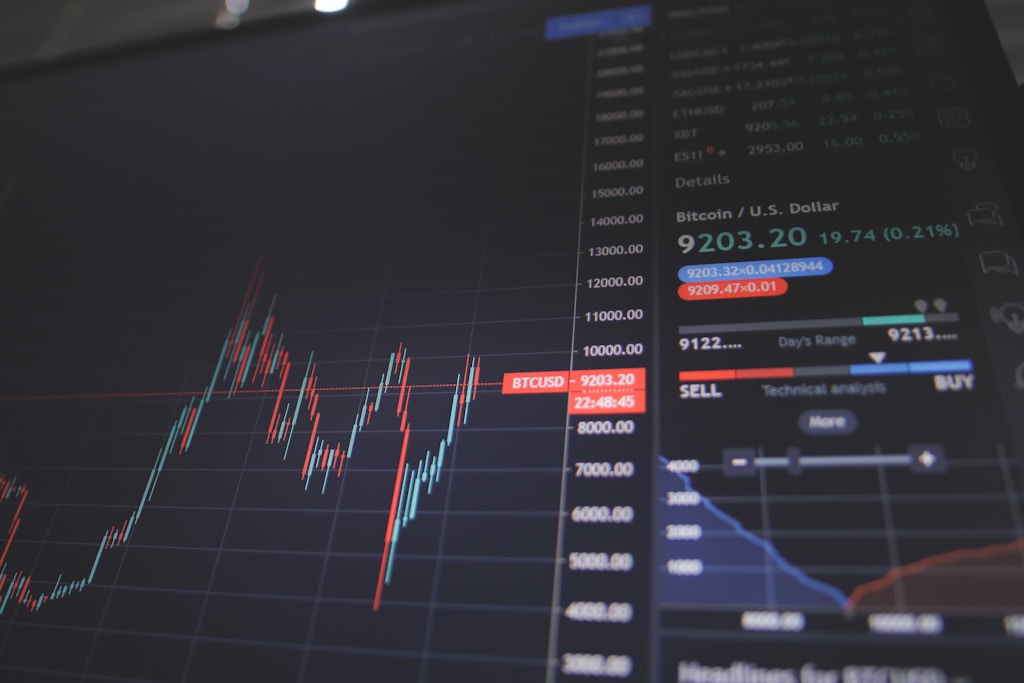Bitcoin continues to show mixed signals as corporate accumulation reaches unprecedented levels while prices remain under pressure. Trading above $85,000, BTC has gained 2.2% in the last 24 hours, though broader timeframes reveal concerning trends with an 8% monthly decline and over 20% drawdown from January’s $109,000 peak.
Q1 2025: Record Corporate Bitcoin Accumulation
According to fresh data from CryptoQuant, public companies added a staggering 91,781 BTC (approximately $8 billion) to their balance sheets in Q1 2025, marking the highest quarterly corporate accumulation on record. Leading the charge, MicroStrategy maintained its aggressive buying strategy with 81,785 BTC purchased, while Tether expanded its reserves with 8,888 BTC.
Other notable institutional buyers included:
- Semler Scientific: +1,108 BTC
- Metaplanet: +2,285 BTC
- The Blockchain Company: +605 BTC
Market Pressure: Long-Term Holders and ETF Outflows
Despite robust institutional buying, Bitcoin’s price remains suppressed due to significant selling pressure. Long-term holders liquidated approximately 178,000 BTC during Q1, while Bitcoin ETFs experienced substantial outflows, with $4.8 billion exiting the market.
Technical Analysis: Critical Support Levels
CryptoQuant analyst BorisVest identifies a crucial support zone between $65,000 and $71,000, based on two key metrics:
- Active Realized Price: $71,000
- True Market Mean Price: $65,000
FAQ Section
Why are corporations buying Bitcoin despite price drops?
Corporations view Bitcoin as a long-term strategic asset for treasury management, focusing on accumulation during price dips rather than short-term market movements.
What impact could ETF outflows have on Bitcoin’s price?
Continued ETF outflows may create additional selling pressure, potentially testing the identified support levels between $65,000-$71,000.
Will corporate buying continue in Q2 2025?
With Marathon Digital planning a $2 billion stock sale and GameStop exploring a $1.3 billion convertible note offering for Bitcoin purchases, corporate accumulation appears likely to continue.
